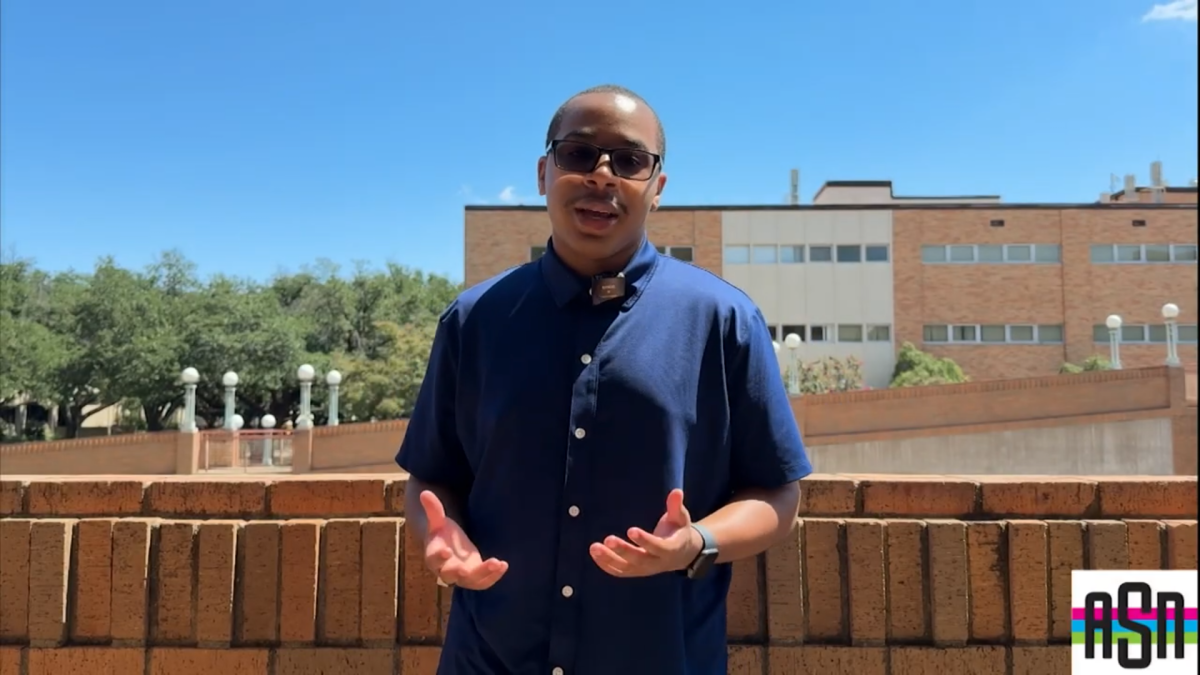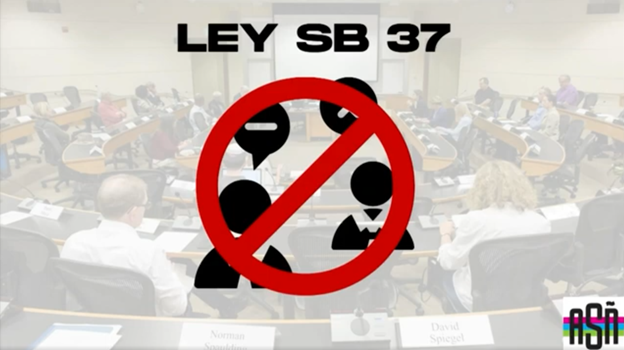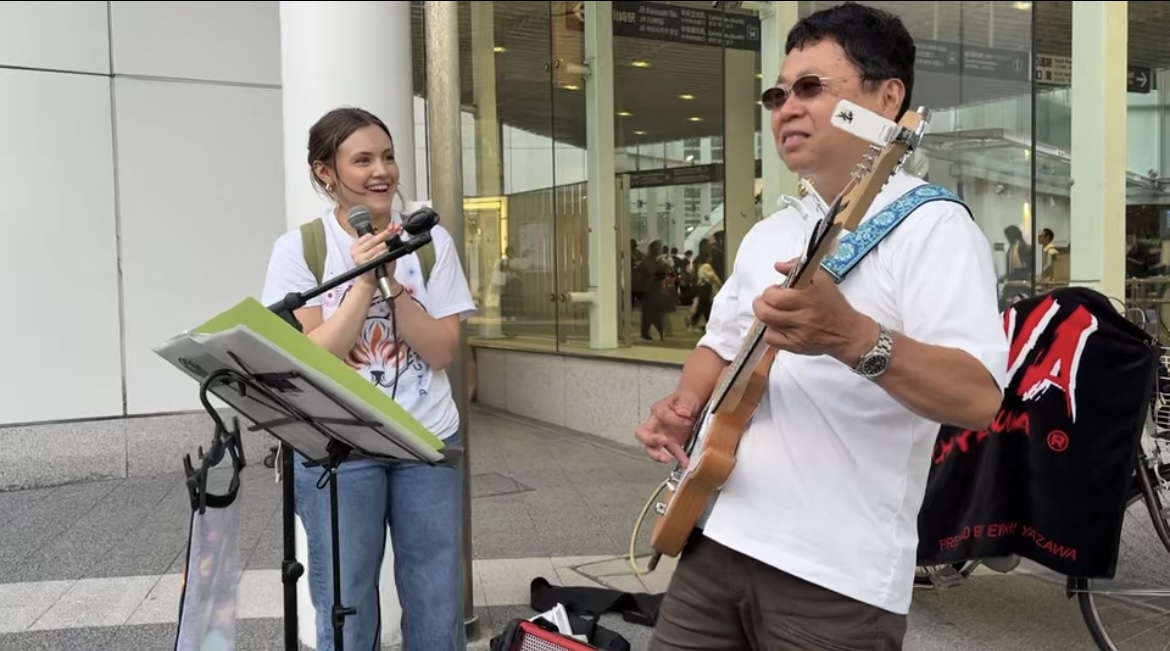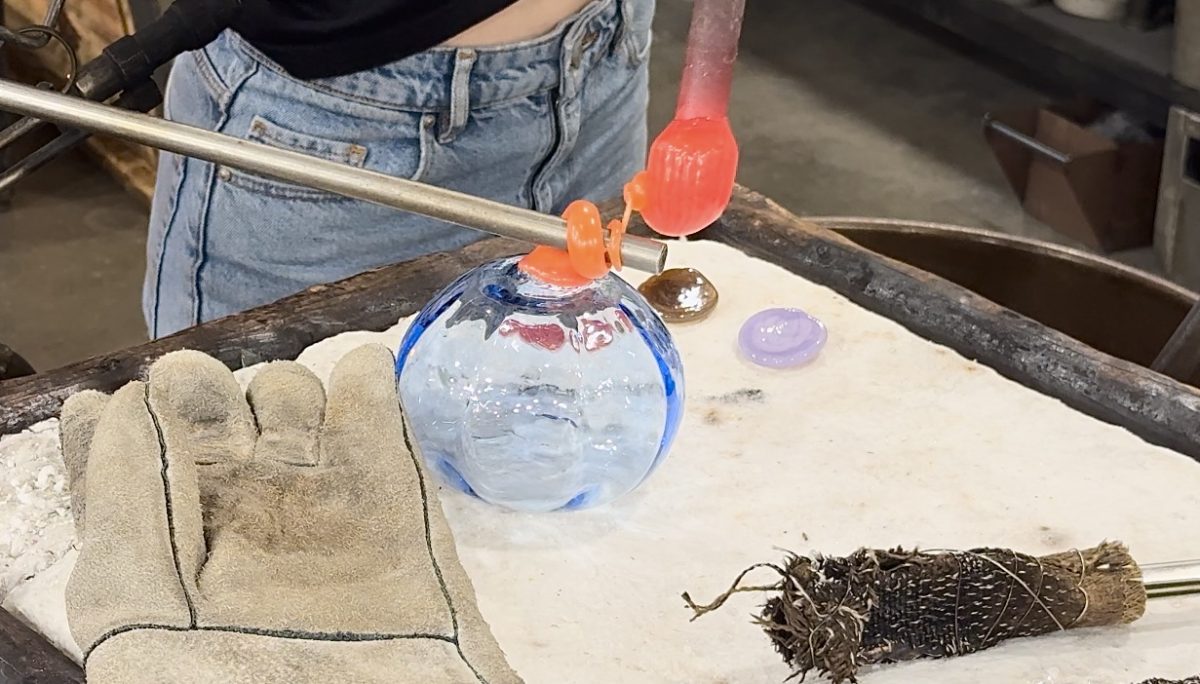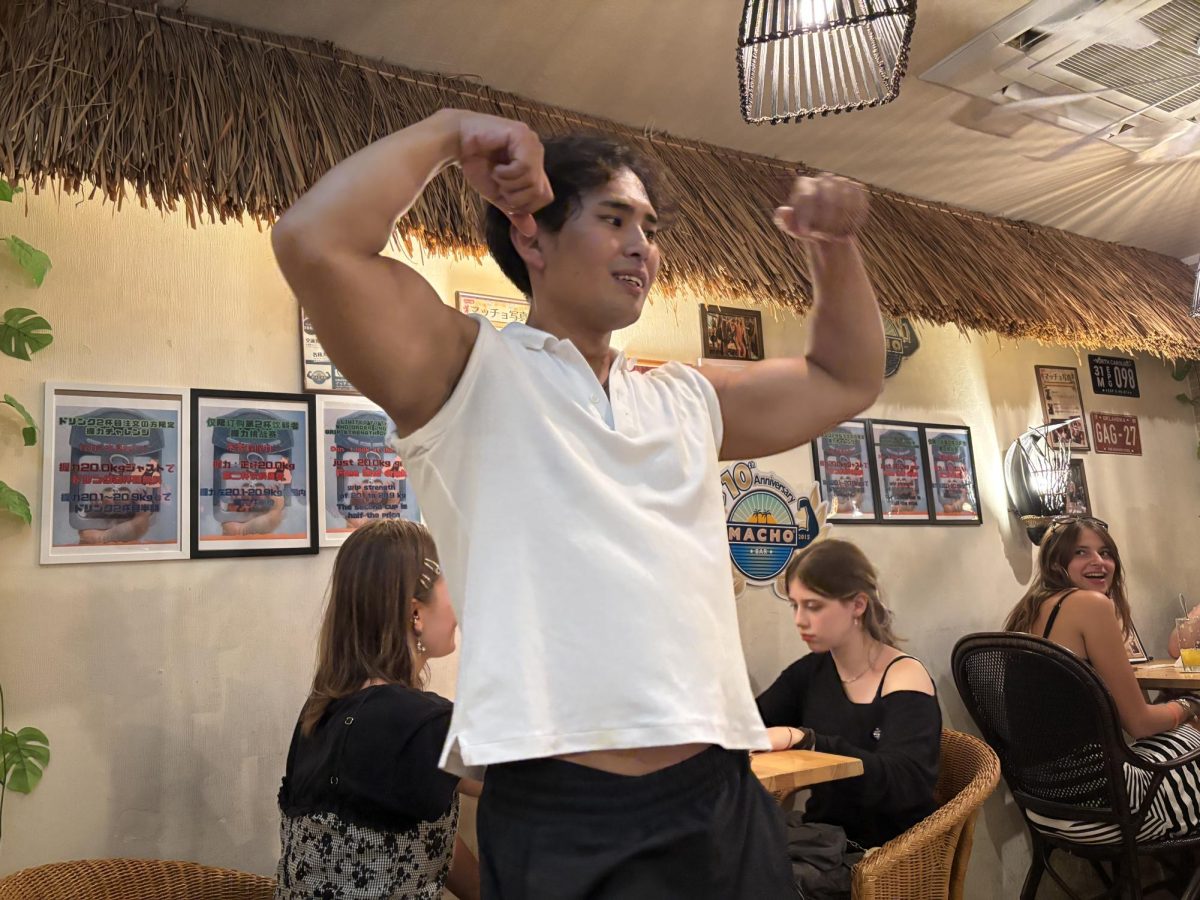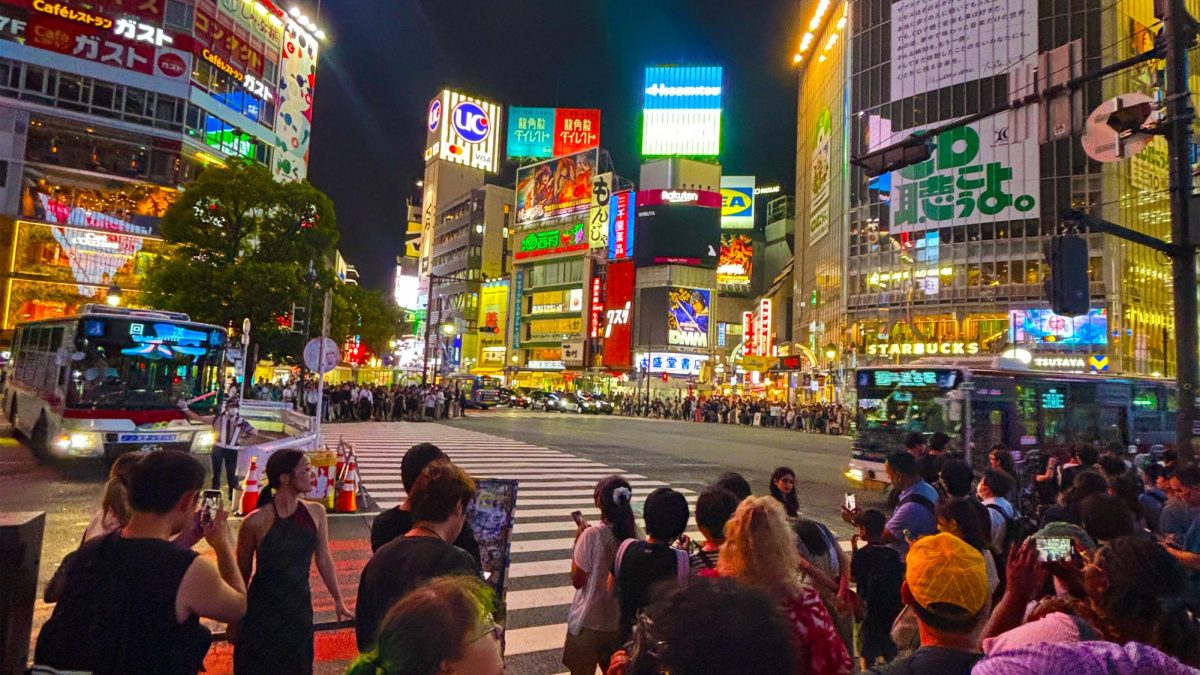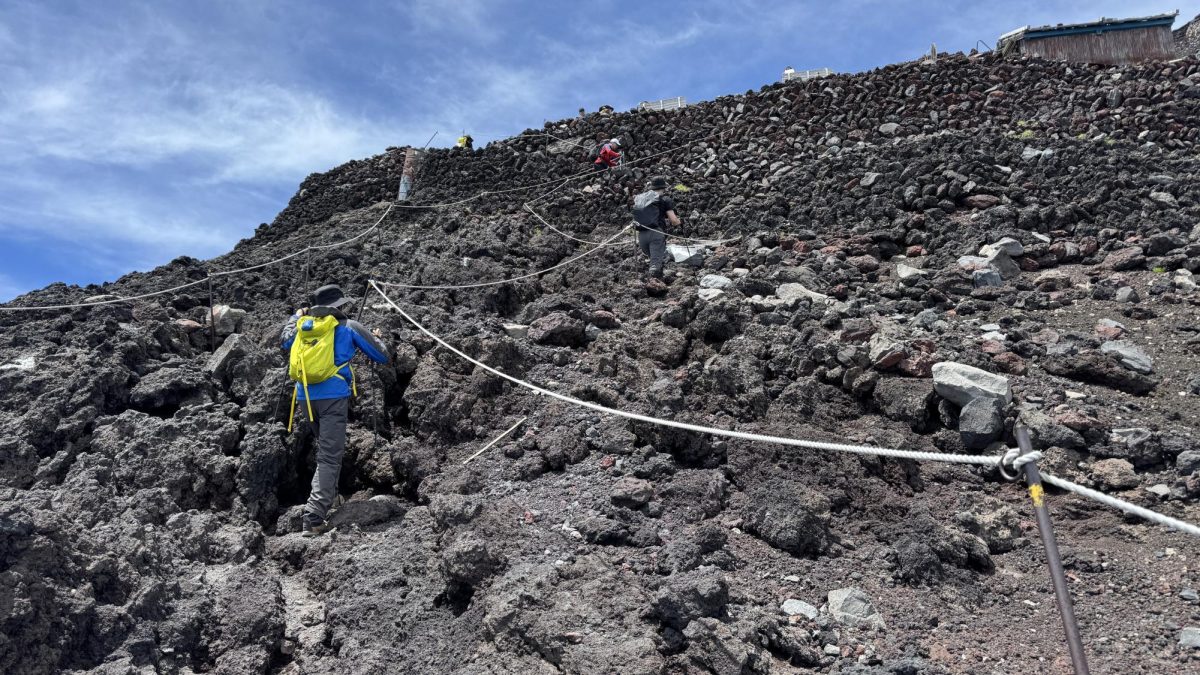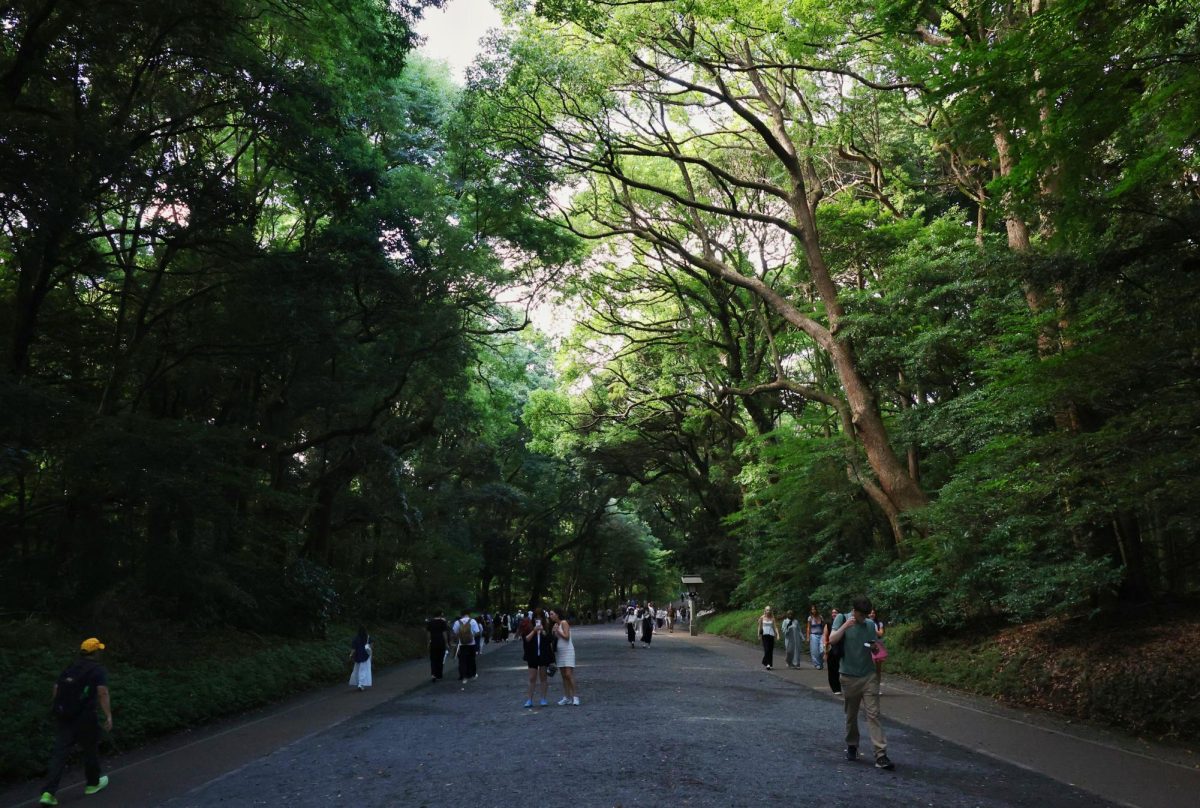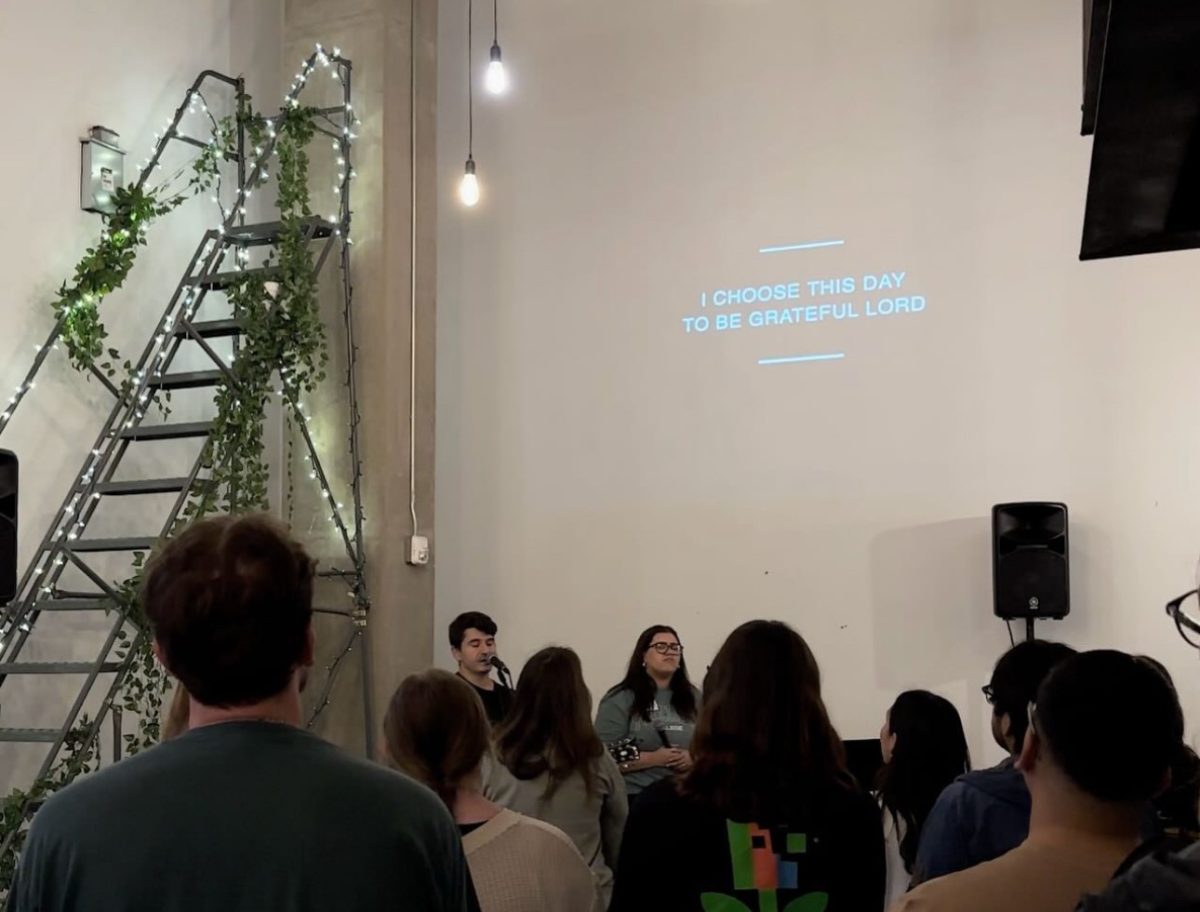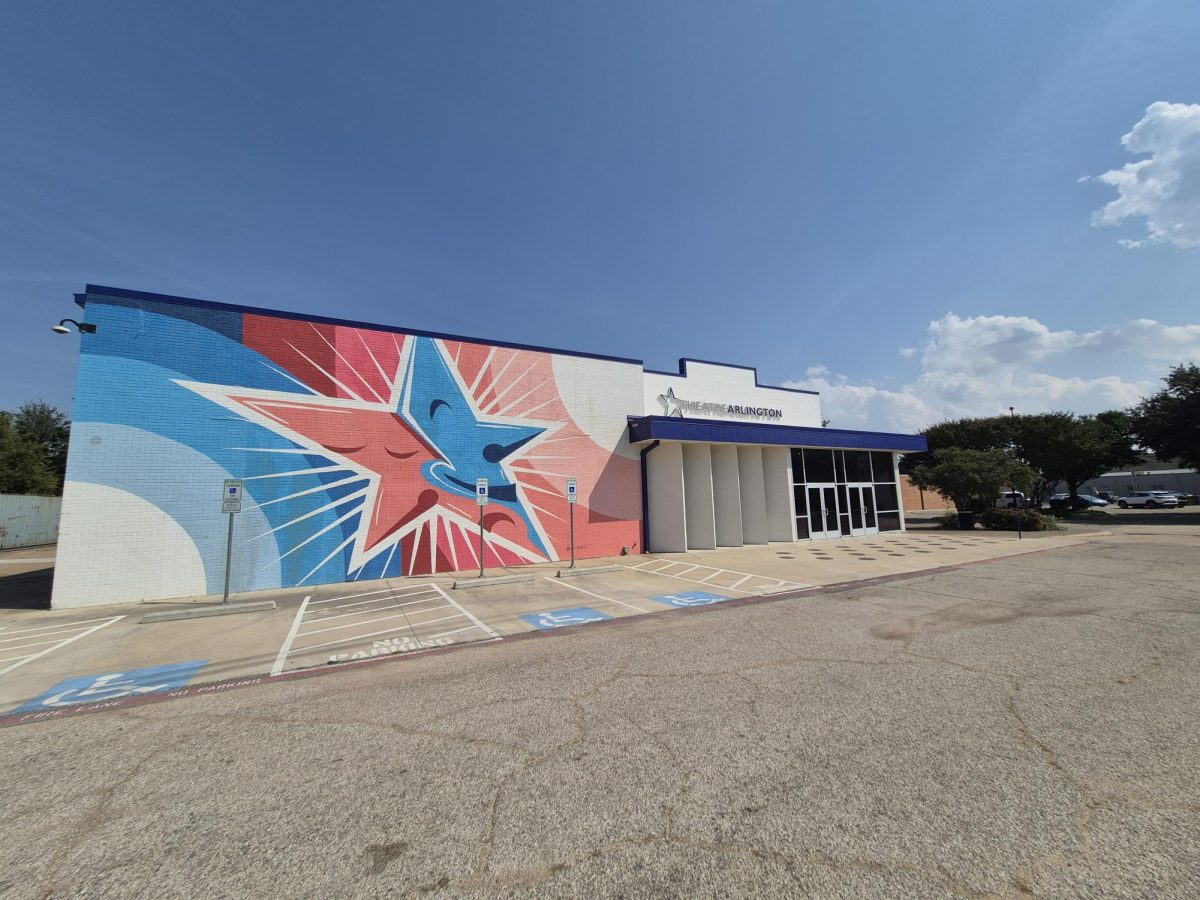ARLINGTON, Texas – Maria Granados’ heart sank as the glare of a flashlight played over her head and border patrol dogs scampered around her. She was certain she would never be able to step into America, shattering her dream of living with her kids again.
What Granados didn’t realize was that she was already in the U.S., and the chance of living with her children was still alive.
Between 2014 and 2015, 3.1 million new immigrants, both legal and illegal, settled in the United States, according to the Center for Immigration Studies. As of 2023, the U.S. Customs and Border Protection reported a total of 2,045,838 encounters with immigrants in the Southwest Land Border.
Granados and Isaac Hernandez were part of those new immigrants who settled in the U.S. between 2014 and 2015. Each has a unique story of crossing the border to be reunited with their families.
Granados said she had a normal life in El Salvador. She had a little store where she sold refreshers, and on the weekends, food. She said she made $35 to $40 a day.
In 2013, her husband and two kids, one 14 years old and the other 12 years old, came to the U.S. Her husband had been able to secure a green card, an authorization from the federal government to live and work in the U.S. on a permanent basis.
The plan Granados had was to wait for her husband to sponsor her residency as well, but after a year, the gang situation in El Salvador got bad. According to an article by USA Today, 6,657 people were murdered in El Salvador in 2015.
***
Hernandez was 16 years old when his mom asked him to move to the U.S. with her because he was starting to be harassed by the gangs in El Salvador.
Hernandez and his 14-year-old brother, Carlos Hernandez, started their journey in 2014 from El Salvador to the U.S. with only $80 each in their pockets.
They crossed from Guatemala to Mexico, and then their guide disappeared on them. They met a Honduran emigrant who was in his second attempt to cross the border, and he remembered the place where all the emigrants would reunite.
He guided them to a motel where they waited two weeks for another guide to take them.
“We did nothing, the beds were made of stones, I remember,” Hernandez said. “We would wake up, and to save money, we ate once or twice a day.”
When they finally found a guide willing to take them, the guide told the group they would need better clothes and look clean so they wouldn’t draw attention.
At the time they were crossing, the 2014 FIFA World Cup was happening, so Hernandez and his brother decided to buy Mexico jerseys as a way to disguise themselves.
They started their journey again, and on the second night, as they tried to maneuver to avoid an immigration checkpoint, they got robbed.
“They took everything we had with us,” Hernandez said. “I had about $50, which was what we had left over from what my mother had sent us to buy clothes. The coyote’s money also, and if someone had ten pesos, they would take those ten pesos. They left us with nothing.”
Those without money or anything to give to the robbers got kidnapped. No one was taken from his group because their guide protected them, Hernandez said.
For three days they walked on the railroad tracks of La Bestia (The Beast), also known as the Train of Death on which many migrants rode on the roof through Mexico to the U.S. border. At that time, the train wasn’t working so they needed to walk. Their group numbered 10 people, including the guide, and three children that were 5 years old. All of them would take turns to carry the kids.
Along the way, some people helped them with food and water, but they also encountered people that didn’t want to help them at all, some because they were scared.
Eventually the group arrived at a house where about 50 immigrants had already gathered. The guides started to distribute the people among themselves and to plan where they were going to cross the border.
Hernandez was in a group of minors, and the guides decided to take them through a “safer” way.
His group was handed to a woman, who took them to a house. There she kept them for about a week. In reality, they’d been kidnapped, but Hernandez didn’t know until his mom told him about it.
The woman was asking for $500 each to free them.
When Hernandez’s mother sent the money, they were told to get prepared to cross the border.

Two men, Chicanos, came to pick them up. They explained to the group what they were going to do when on the other side because they were not going to cross with them. They told the group that on the other side they would have to find a truck and they would have to get in.
Hernandez didn’t fit in the river tube the group would use to cross the Rio Grande, so he and others were hanging from the side and pushing it to the other side.
When he finally stepped onto American soil, he said he felt relieved.
“I said, ‘We’re here,’ [and] I felt a great relief,” Hernandez said. “We started walking up because it was a mountain. We found a road that we thought was the one we had to follow and a black Suburban passed by. The guy saw us and turned back, and asked us if we needed help. We told him no, but obviously, we did. He was an immigration agent.”
Hernandez and his brother got taken to a hielera, Spanish slang for “freezer,” which are frigid, cramped holding cells. They were there for a week and later got taken to a shelter where they called his mom to pick them up.
Hernandez has been living in the U.S. for eight years now. He has a 6-year-old daughter and got a permit to work legally. He and his brother decided to open an auto repair shop in Arlington two years ago, ABAS Auto Service Center and Towing 2.
He is still waiting on his residency, but when he gets it, he plans on visiting El Salvador and doing business there.
“I plan to go and do business at the same time there, not only here [America], and help my country’s economy grow at the same time so that people don’t have to keep coming,” Hernandez said.
He said he is thinking about opening a car dealership or doing something in tourism to help generate employment in El Salvador.
***
Granados’ house in El Salvador provided a front-row seat to gang violence. There was a big tree and bushes in front of the house, so gang members would use those spots to hide their guns when police would pass by.
One time, she heard gang members beating on someone. She said gang members spoke loudly and threateningly, so she knew if she were to report them to the police, they would hurt her or her family.
Her husband asked Granados if she was willing to cross the border with her co-sister-in-law, and because of her kids and the gang situation, she said yes.
“One part was because of that (gang situation) and the other because they got here when they were small and cried every day they spoke to me. In fact, she (her daughter) got sick,” Granados said.
In March 2015 she tried for the first time to cross the border, but she was detained by the border patrol of Mexico within hours in Mexico. She tried a second time the same month just a week after but got detained again.
“The second time they caught us it was practically because the guide left us stranded because they detained him and we were left alone, but we continued,” she said. “He had told us more or less what we were going to do but they still detained us.”
She decided to try one last time.
This time she and her co-sister-in-law went with two guides and one other person.

In Guatemala, they waited for three days because crossing the border between Guatemala and Mexico was bad. Their guides and other guides decided to cross them through the sea. There were three boats and each of those had 37 people in them.
The next morning, they got to Mexico, where they used buses and a train to cross the country.
They got to a warehouse in Reynosa, where she had to wait three days for her turn to cross. Her co-sister-in-law got to cross the day before. When it was her turn to cross, she could see the border patrol flashlights on the other side and also see the border patrol agents on jet skis punching holes in the inflatable boats migrants were using to cross the Rio Grande.
While waiting, her guides explained what they would do as they crossed.
Granados could see the water tower with the Laredo name in it, which gave her hope and strength.
“‘Almost there,’ I said. I felt that we were closer, two more days and I’m going to be with my kids,” she said.
The guides who crossed her over to the U.S. were just teens, and from what she could see, they were intoxicated. Once across the river, one of the guides told the migrants to hide. That’s when the U.S. Border Patrol agents got them.
“I am not coming back again, this is the last time, the third time. But according to me, I was still in Mexico,” Granados said.
She was taken to a hielera and later moved to T. Don Hutto Residential Center in Taylor, Texas, where she was reunited with her co-sister-in-law, who told her that she had contacted her husband already.
Granados, her husband, and two children were reunited for the first time in months at T. Don Hutto Residential Center. On June 16, 2015, with a bail of $1,500, she got out of the center and started a new life in America.
Granados is now divorced and works at a factory where she cuts fish.
“There are advantages and disadvantages of living here,” Granados said. “But I like it because I’m with my kids.”


